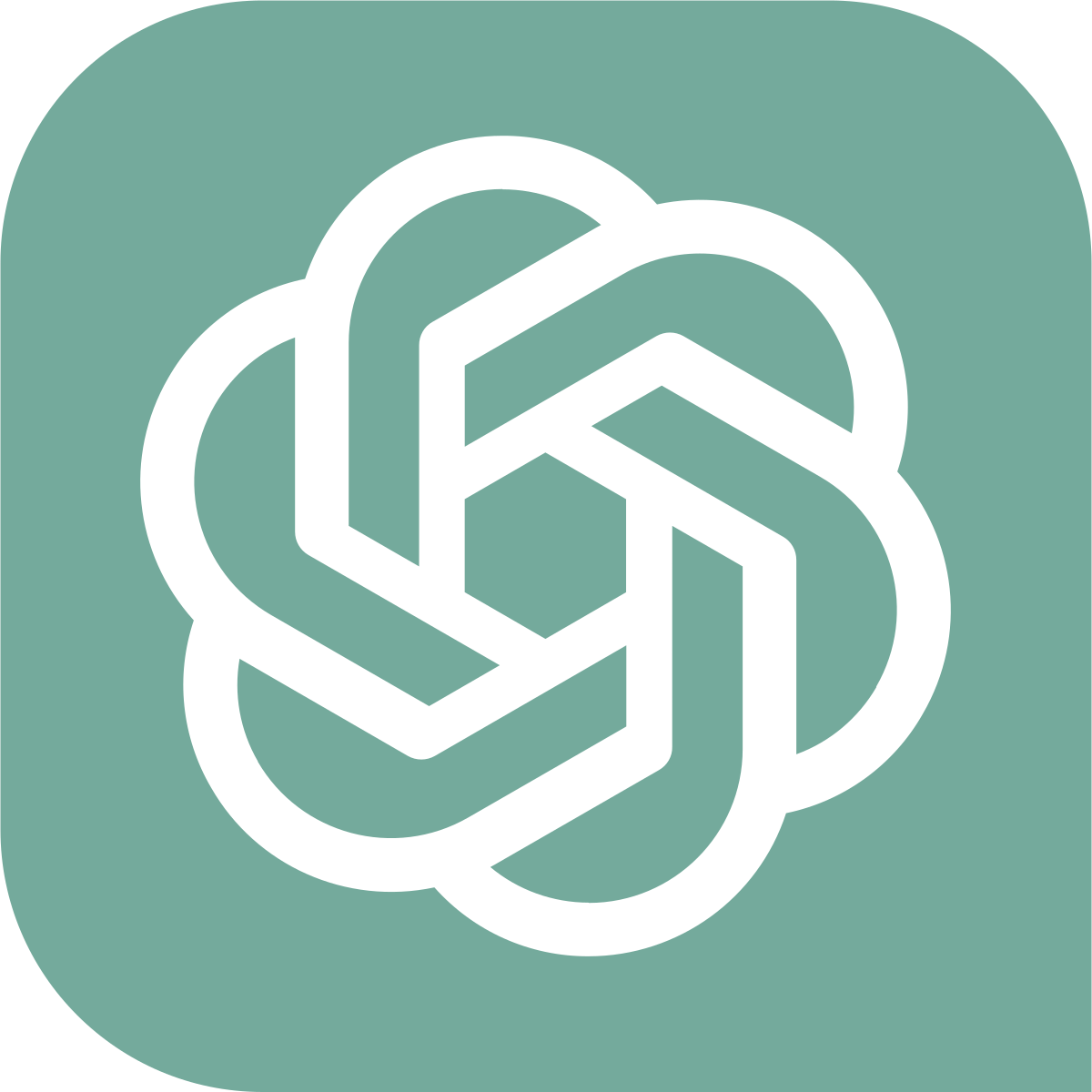Introduction
In today’s digital age, chatbots have become an integral part of online communication and customer service. These intelligent virtual assistants enable businesses to provide immediate assistance, answer inquiries, and enhance user experiences. With the advent of advanced natural language processing (NLP) models like ChatGPT, building intelligent chatbots has become more accessible and effective than ever before. This article explores the power of ChatGPT in revolutionizing conversational AI, providing valuable insights, tips, and best practices for developers and businesses venturing into the world of intelligent chatbots.
Building Intelligent Chatbots with ChatGPT
ChatGPT, developed by OpenAI, is a cutting-edge language model that utilizes deep learning algorithms to generate human-like responses. With its ability to understand and generate natural language, ChatGPT offers developers a powerful tool to create intelligent chatbots. By leveraging large-scale datasets and continuous learning, ChatGPT can provide relevant and contextually appropriate responses, improving the overall user experience.

Benefits of Building Chatbots with ChatGPT
Enhanced User Engagement: ChatGPT enables chatbots to engage users in dynamic and interactive conversations, providing personalized responses and a seamless user experience.
24/7 Availability: Unlike human agents, chatbots built with ChatGPT can operate 24/7, ensuring round-the-clock support and assistance to customers.
Scalability: ChatGPT allows businesses to scale their customer support operations efficiently, handling multiple conversations simultaneously without compromising quality.
Improved Efficiency: Intelligent chatbots powered by ChatGPT can handle routine inquiries, freeing up human agents’ time to focus on complex and high-value tasks.
Language Support: ChatGPT’s multilingual capabilities enable chatbots to interact with users in their preferred language, expanding businesses’ global reach.
Challenges in Building Intelligent Chatbots
While ChatGPT offers tremendous potential, developers should be aware of the challenges they might face when building intelligent chatbots. Understanding these challenges will help in creating robust and effective chatbot solutions.
Contextual Understanding:
ChatGPT may struggle with understanding the context of a conversation, leading to occasional irrelevant or inaccurate responses. Developers need to fine-tune the model and implement contextual awareness techniques to mitigate this challenge.
Handling Ambiguity:
Language can be ambiguous, and chatbots must interpret user queries accurately. Developers should anticipate potential ambiguities and design strategies to handle them effectively.
Overcoming Limitations:
ChatGPT may occasionally generate responses that sound plausible but are factually incorrect or biased. It is crucial to thoroughly validate and curate the model’s responses to ensure accuracy and avoid potential pitfalls.
Integration and Deployment:
Integrating chatbots built with ChatGPT into existing systems and deploying them across different platforms requires careful planning and consideration of compatibility issues.
Best Practices for Building Chatbots with ChatGPT
To maximize the effectiveness and user experience of chatbots built with ChatGPT, developers should follow these best practices:
Clearly Define Chatbot’s Purpose:
Determine the specific goals and use cases for your chatbot to align its functionality with the desired outcomes.
Collect and Analyze Data:
Gather a diverse dataset of user queries and responses to train ChatGPT effectively. Analyze the data to identify patterns, user intents, and potential conversational flows.
Fine-Tune the Model:
Fine-tuning ChatGPT with domain-specific data and utilizing transfer learning techniques can significantly improve its performance and context understanding.
Implement Contextual Awareness:
Develop strategies to incorporate contextual awareness into the chatbot’s architecture, allowing it to maintain coherent and relevant conversations.
Regularly Evaluate and Update:
Continuously evaluate your chatbot’s performance and gather user feedback to identify areas for improvement. Regular updates and iterations are crucial for enhancing its effectiveness.
Provide Clear User Prompts:
Design chatbot interactions to prompt users for specific information or actions, ensuring smooth and efficient conversations.
Integrate with Human Assistance:
When necessary, integrate chatbots with human agents to provide seamless handoffs when complex or sensitive issues arise.
FAQs: Building Intelligent Chatbots
Q: Can ChatGPT handle multiple languages?
A: Yes, ChatGPT has multilingual capabilities, allowing chatbots to communicate with users in various languages.
Q: How can I ensure my chatbot understands user context?
A: By implementing techniques like memory and attention mechanisms, you can enable your chatbot to maintain context throughout the conversation.
Q: What is fine-tuning, and how does it improve ChatGPT’s performance?
A: Fine-tuning involves training ChatGPT on domain-specific data, enabling it to generate more accurate and contextually appropriate responses.
Q: How often should I update my chatbot?
A: Regular updates are essential to address user feedback, improve performance, and adapt to evolving user needs. Aim for iterative improvements rather than infrequent major updates.
Q: What are some common pitfalls to avoid when building chatbots with ChatGPT?
A: Avoid relying solely on the model’s responses without proper validation, be cautious of potential biases, and ensure factually accurate and unbiased outputs.
Q: Can I integrate ChatGPT-based chatbots with my existing CRM system?
A: Yes, with appropriate integration techniques, you can connect ChatGPT-based chatbots with your existing CRM system to streamline customer support workflows.
Conclusion – Building Intelligent Chatbots
Building intelligent chatbots with ChatGPT empowers businesses to deliver enhanced user experiences and streamline customer support. By leveraging its advanced NLP capabilities, developers can create chatbots that engage users effectively, provide round-the-clock assistance, and scale effortlessly. While challenges exist, following best practices and continually iterating on your chatbot’s performance will help you harness the full potential of ChatGPT and revolutionize conversational AI.
Latest Posts:


Leave a Reply